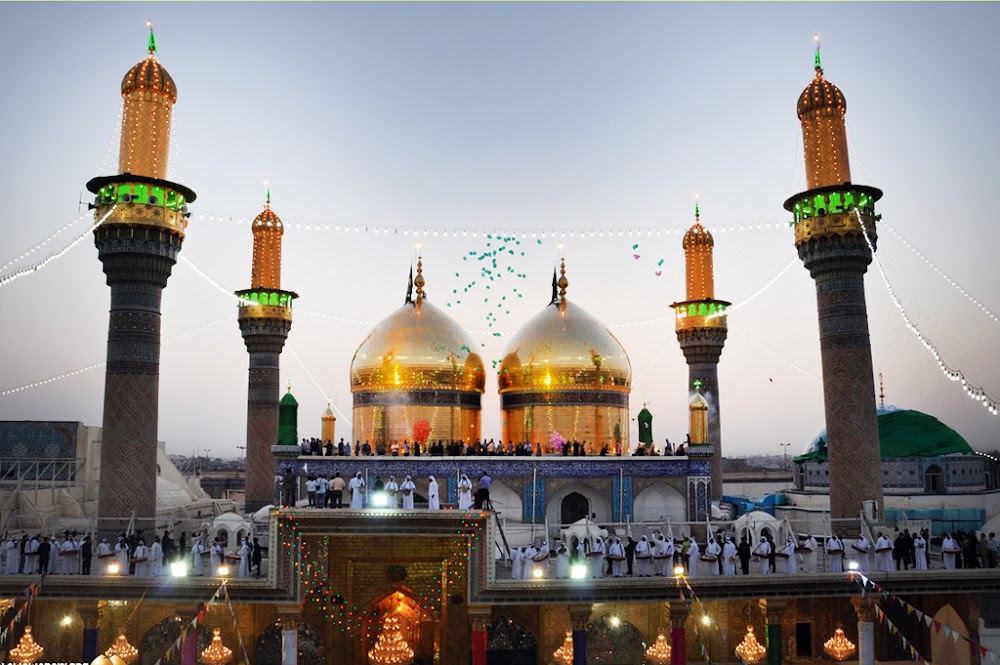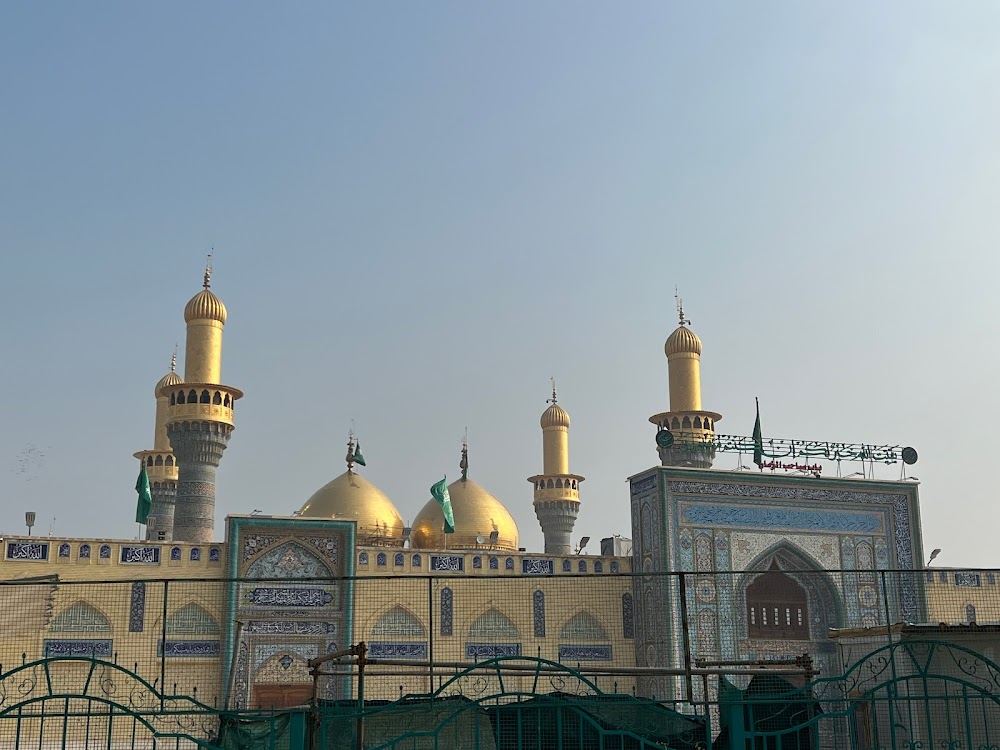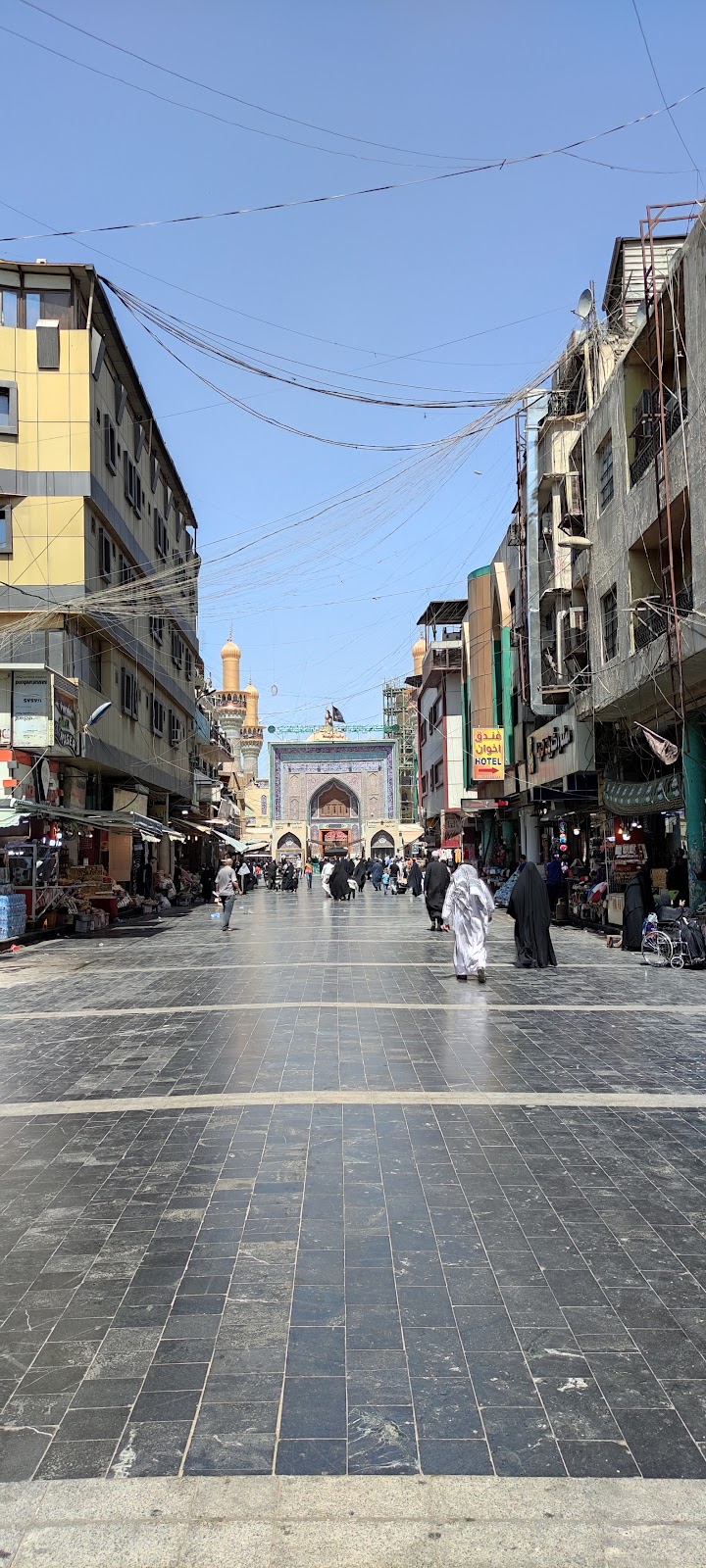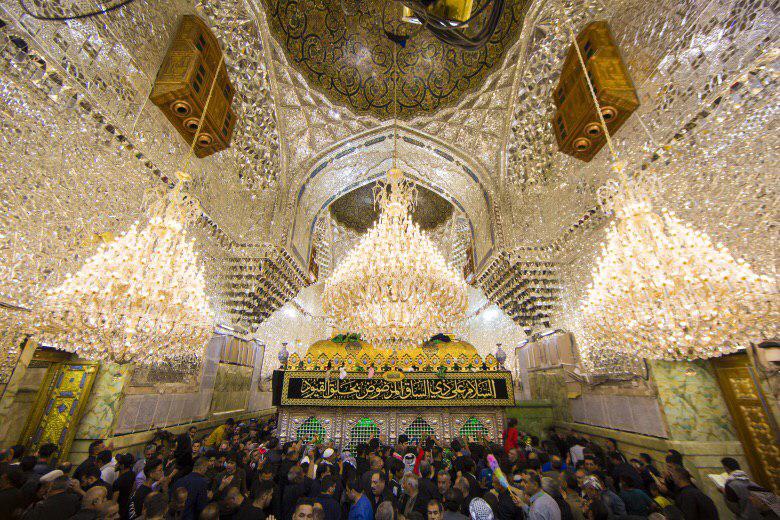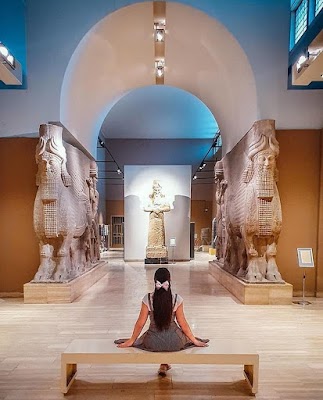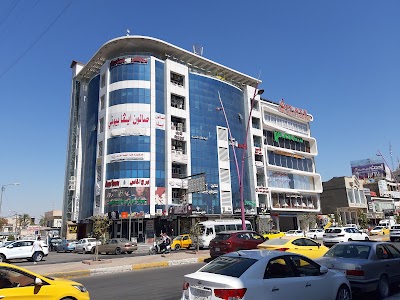Al-Kadhimiya Mosque (جامع الكاظمية)
Overview
The Imam al-Kazim & Imam al-Jawad Shrine, often referred to as the Al-Kadhimiya Mosque, is a revered site situated in the heart of Baghdad, Iraq. This sacred location holds immense religious significance for Shia Muslims, as it serves as the final resting place of two esteemed Imams: the seventh Imam, Musa al-Kadhim, and the ninth Imam, Muhammad al-Jawad.
The history of this shrine dates back to the 8th century. Imam Musa al-Kadhim, a figure of great reverence among Shia Muslims, was laid to rest here following his death in 799 AD. Shortly after, in 835 AD, Imam Muhammad al-Jawad was also interred at this sacred site. Initially, the shrine featured a modest mausoleum dedicated to the Imams. However, as the site gained prominence, efforts to expand and beautify it began, reflecting its growing significance to the faithful.
During the 10th century, under the Buyid dynasty, the shrine underwent its first major expansion. Recognizing the increasing number of pilgrims, the Buyids invested in significant construction efforts, adding more rooms and architectural enhancements. Their commitment to promoting Shia Islam led them to transform the shrine into a central hub for religious activities, marking a pivotal moment in its history.
The 11th century brought further modifications during the Seljuk Empire's reign. This era is characterized by the addition of intricate tile work and decorative inscriptions that enhanced the shrine's beauty and reverence. Skilled artisans created detailed mosaics intended to inspire awe and contemplation among visitors, adding layers of artistic richness to the site.
Another significant period of growth occurred in the 16th century under the Safavid dynasty. Shah Abbas I played a crucial role in funding extensive renovations, which included the addition of stunning golden domes and minarets. The Safavids positioned themselves as the protectors of Shia Islam, investing in the enhancement of various religious sites, including Al-Kadhimiya. The golden domes and minarets now stand as iconic features, symbolizing the architectural splendor of the shrine.
The 19th century saw further improvements under the Ottoman Empire. Sultan Abdulaziz oversaw the incorporation of magnificent Ottoman-style chandeliers, expanded prayer areas, and enhanced facilities for pilgrims. These contributions enriched the shrine’s atmosphere, ensuring it could accommodate the growing number of visitors.
Continuing into the 20th and 21st centuries, modern renovations have focused on improving infrastructure and facilities for pilgrims as well as reinforcing the shrine’s structural integrity. These ongoing efforts have ensured that the shrine remains a durable and welcoming destination for millions of visitors each year.
The shrine complex encompasses several buildings, including spacious prayer halls, serene courtyards, and accommodations for pilgrims. The main sanctuary, where the Imams are buried, is adorned with exquisite tile work and golden domes, creating a tranquil atmosphere filled with the echoes of prayers and recitations. Inside, visitors are greeted by elaborate chandeliers and meticulously crafted calligraphy that encapsulate the spiritual essence of this holy site.
Each year, millions of Shia Muslims flock to the shrine to pay their respects and seek blessings. More than just a place of worship, the mosque serves as a vibrant center for community gatherings and educational activities, embodying the unity and faith of Shia Muslims worldwide.
Throughout the centuries, the Imam al-Kazim & Imam al-Jawad Shrine has stood as a testament to the enduring faith and devotion of its followers. With its magnificent architecture and profound historical significance, it remains one of the most cherished religious sites in the Islamic world.


